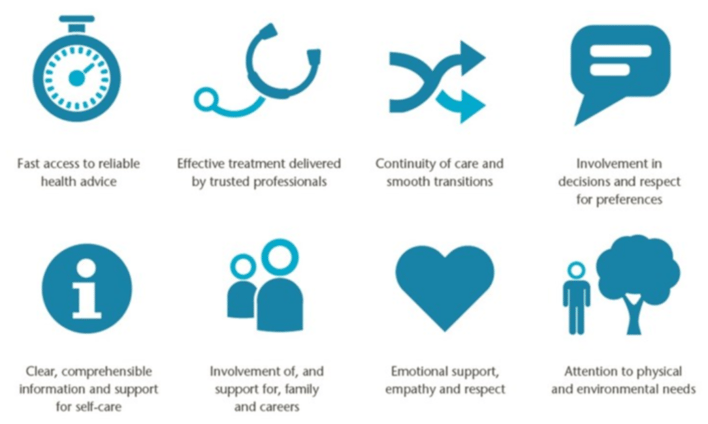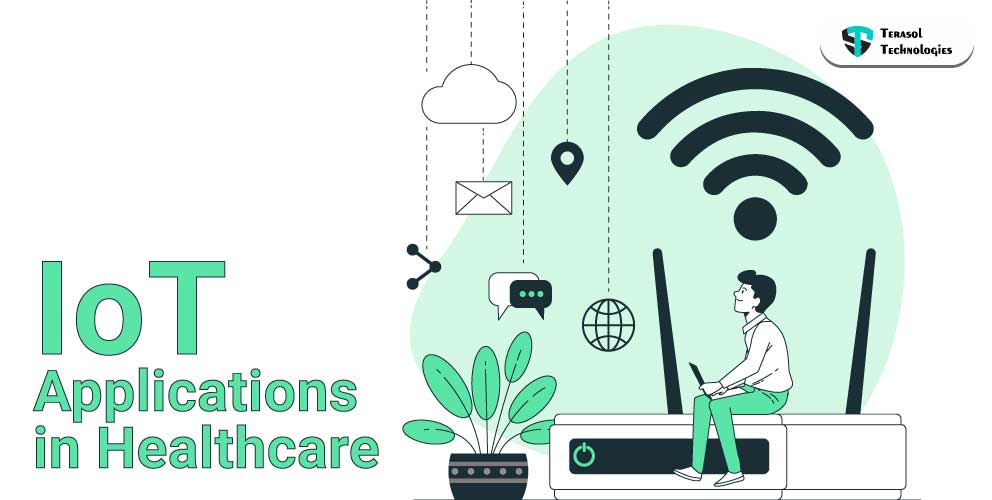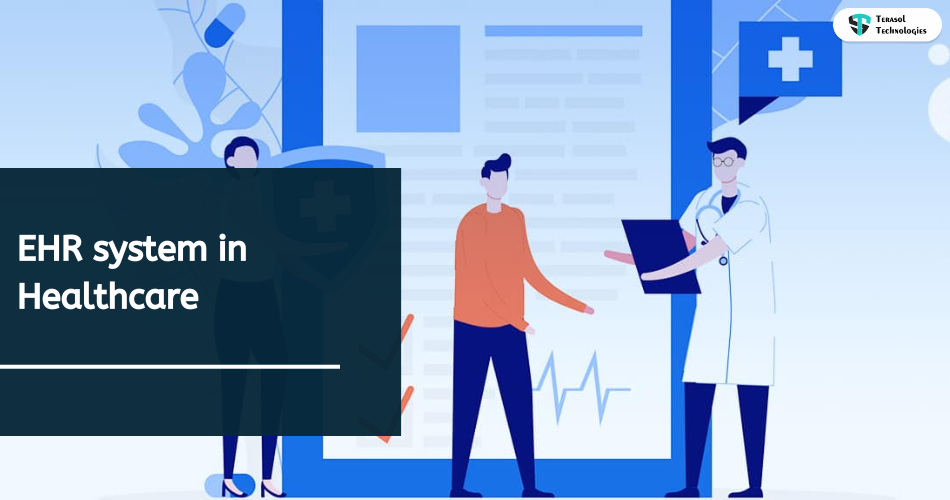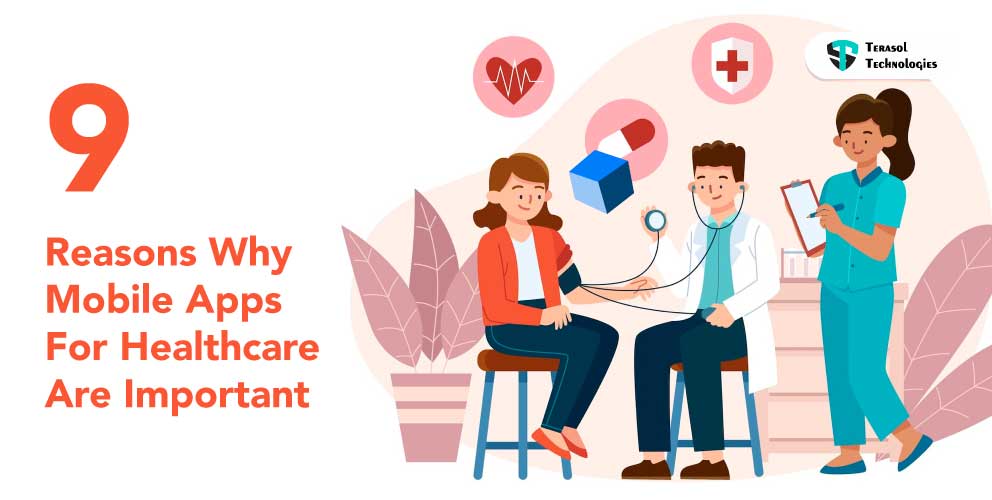Key Insight Into Patient-Centricity in Healthcare for 2022
Patients — consumers of healthcare services – have growing and increasing expectations from providers and payers, just like consumers.
According to a recent Accenture study, 85% of companies are raising their investments in patient-centric capabilities over the next 18 months.
Patient empowerment is a crucial motivator of patient-centered care, according to today's most effective medical practices. Healthcare organizations are also customizing their marketing techniques to improve client involvement, patient interest and loyalty, and the overall patient experience.
In short, your patients must be at the forefront of your medical practice at all times if it is to succeed. To adapt to emerging paradigms like value-based care, providers and payers must evolve their models, procedures, technology, culture, and positioning. This transformation into patient-centric healthcare solutions will be facilitated by AI-enabled insights, big data, AI and IoT-enabled automation, cloud-enabled integration, and mobile-enabled accessibility.
The Patient’s Journey
Your patient's journey begins long before they enter your office and ends long after they have received the care you give.
The patient experience is molded by a combination of online material and information, the ease with which they obtained it, and how they shared their experience with their friends and networks thereafter.
One thing is certain: the healthcare industry has evolved.
Patients learn about organizations and their treatments through a variety of sources, including Google, product brochures, and community support organizations. There is no secret to success or the perfect therapy, but by bridging the gap between all stakeholders involved in the healthcare process, the patient's journey can be improved and individualized.
For instance, take the example of a child with Juvenile Idiopathic Arthritis (JIA). Although the course of treatment is reasonably well-established, including physical therapy, pain relievers, corticosteroids, and DMARDs, considering the patient's early age, there are a number of unanswered questions:
(a) How do you encourage the child to attend regular physical therapy,
(b) How do you manage pain during treatment, and
(c) How do you assist the patient's treatment throughout the process?
It is where digital technology comes into play, and depending on how simply, efficiently, and rapidly it can be embraced, it can make or break a healthcare solution.
Shift to Patient-Centricity is Transforming Patient Experiences
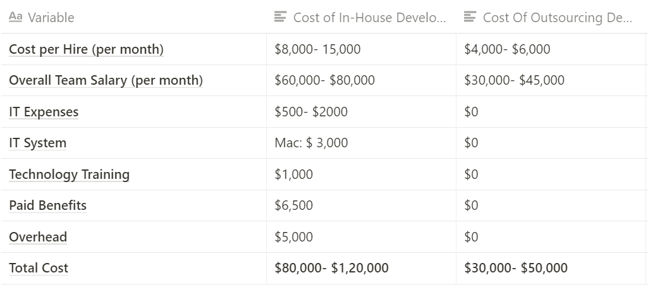
1. Patient Connection
The interaction between the industry and patients is evolving. Organizations must grow in order to properly comprehend what patients require in order to give better support and develop stronger relationships.
It will allow for simpler access to their products, better prescription adherence, better treatment, and better health results.
2. Patient Choice
80 percent of American internet users have looked up a health-related topic online.
They have an ever-increasing amount of information, though not of the best quality, to help them understand their own bodies.
Personalized apps allow users to create their own health plans. Home testing kits provide quick diagnoses, which some people regard as a supplement to, or even a replacement for, doctor diagnosis.
So with the evolving industry, its customers are also evolving, demanding, and expecting more from the healthcare organizations.
3. Digital Technology
Digital technology is forcing the entire business to reconsider how to profit from the advancements that are taking place all around them. Thinking "beyond the pill" is a worldview that encompasses not only the future but also the present. This entails making digital tools available to assist patients with diagnosis and adherence. Wearables, sensors, and mobile devices are capturing an increasing amount of data.
It provides unprecedented insight into individual health and the development of targeted new goods and individualized healthcare strategies.
🔖Bring digital revolution to Life Science Industry with our services.
4. Medicine Precision
Rather than one-size-fits-all treatments, there's a rising emphasis on treating subgroups. We can forecast and analyze how differences in drug chemistry or treatment regimens influence different groups based on their genetics, age, or lifestyle with more data and better tools to dissect it.
5. Storage and Processing Power
Machine learning, a subset of AI, has long been utilized in R&D, but breakthroughs in algorithms. More new sophisticated tools are allowing it to take on more complex and ambitious tasks in healthcare using software technology.
Technology Gaps in Healthcare's Patient-Centricity Approach
Why hasn't patient-centricity reached the levels that firms aim to, despite the fact that the approach will be benefiting the industry?
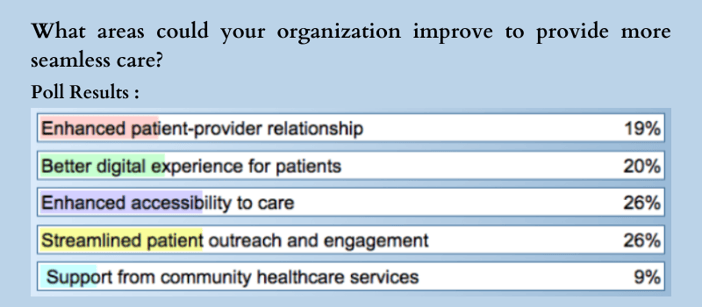
The explanation is that the industry's capacity to obtain insights into the patient experience and engage them has been hampered by regulations, technological inadequacies, and a deluge of data. Organizations need to address these three key areas to get the full benefit of the patient-centricity approach.
Evaluate Patient’s Treatment
Outsourcing has a cascading effect here, from connecting experiences with financial aid for treatment to assist in the provision of individualized patient support throughout the treatment process. To decide what to bring in-house or what to outsource (like technology), companies must examine their treatments and apply the most up-to-date technologies.
Personalization using Technology
Patient’s treatments have traditionally focused on increasing access to, use of, and adherence to prescribed therapies.
These treatments have recently extended to include transportation, peer support groups, and smartphone apps that assist with medication, behavioral, and treatment reminders.
These services necessitate a closer relationship with patients and a deeper understanding of their needs and then providing them with effective treatments.
Connecting with Data
🏢 Having access to the appropriate patient data is the ultimate game changer — and it's the only way to remain ahead of the competition.
Internal teams can use it to create predictive recommendations to assist patients to stay on track with their treatment.
In order to track treatment results, the teams will have improved access to real-world data such as patient outcomes. Organizations must develop a data strategy and invest in the necessary technologies. It should include a technology framework for ingesting data and analytics so that proactive, actionable insights can be generated.
A company without a scalable solution will have fewer insights into its business and will miss out on a significant opportunity to fully understand its patients' needs and put data to work.
Developing the Patient-Centric approach with Terasol
How do you develop your processes to stay up with the disruptive changes in your industry while still promoting patient-centricity?
How do you unify patient data across siloed systems based on consent?
You'll need a platform with new capabilities to let you implement customized, large-scale therapeutic support programs that engage patients. In a nutshell, you'll need a CRM designed specifically for the life sciences industry.
Here is where Terasol comes into action.
Healthcare organizations may use Terasol Technologies to deliver tailored engagement and support treatments across a single platform. It will lower the operational costs while assisting patients in proactively managing their disease and navigating their health journey.
Data integration: The Foundation for Patient-Centered Healthcare
Single Integrated Platform: Integrate patient and provider data with the cloud from other systems to enable full-scale patient support portals with real-time therapy assistance. Visualizations can also be embedded directly within the CRM surface critical indicators and KPIs.
API-driven approach: It is to connectivity allows IT teams to create and share reusable assets while also capturing real-time data.
Multi-Paradigm and Extensible: Healthcare data integration and processing workloads today are a mix of streaming, batch, and complex event processing (CEP). The rapid rate of innovation in software, IoT, and wearable healthcare means that the demand for new sources will continue to grow.
So it's important to have a system that's both extendable and pluggable, as well as one that can handle a variety of workloads.
Electronic health record or EHR: EHRs may be a patient's gold mine of clinical data, but they must be complemented with other data sources to handle the day-to-day aspects of patient-centric care delivery. The core of patient-centered care is to use holistic patient profiles via EHR software.
The core of collaborative, value-based care is close coordination and access to up-to-date patient records. This allows doctors to concentrate their efforts and centralize all network resources on a single patient, reducing redundancy and superfluous tests and procedures.
Predictions software: Learn about the elements that influence a patient's overall time to treat and get AI-driven recommendations from the next best step.
Personalized Apps or PWA: Using this technology, you instant notifications via email or mobile to track a customer's experience, such as if their time to therapy surpasses a specific threshold. One can also use apps for creating charts for patients and get data from the patient wearables.
Another interesting result is that one out of every three patients prefers mobile healthcare apps to in-person consultations, with more than half of them planning to use them in the future.
Benefits of Patient-Centric Approach
- Increased participation from all stakeholders (patients, providers, and others), resulting in lower total costs.
- Patients' knowledge and comprehension of their own health, well-being, and healthcare options improve, resulting in better care and lower levels of sickness.
- Health providers can make better decisions about a patient's health by collaborating and engaging them in the decision-making process.
- More hospitals are now vying for patients based on both cost and quality of care, giving them a competitive advantage.
- Improved patient quality of life leads to increased patient and practitioner satisfaction.
Numerous quality improvement programs and surveys measuring patients' experiences with health care are built on these dimensions.
(Image source: Picker Institute, Europe)
So all the actors in the healthcare ecosystem, including medical device OEMs, pharmaceutical firms, and insurers will have to face risks. These risks are generally compliance risks, lower reimbursements from insurers, brand erosion, and patient attrition.
Develop a Patient-centric approach with Terasol
With the introduction of AI and IoT, the healthcare industry will swiftly develop. Data will continue to dominate the space for some time to come, both as a source of direct insight and as a facilitator of automation. More and more healthcare organizations will adopt patient-centricity.
Digitize your healthcare business with our cutting-edge life-science development services.
Interested in learning more about digital healthcare and technological advancements? Reach out for a virtual coffee and let's discuss together how we can help you with a patient-centric approach for your healthcare organization.
